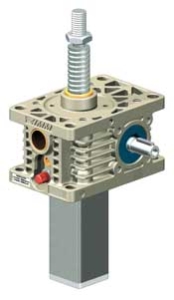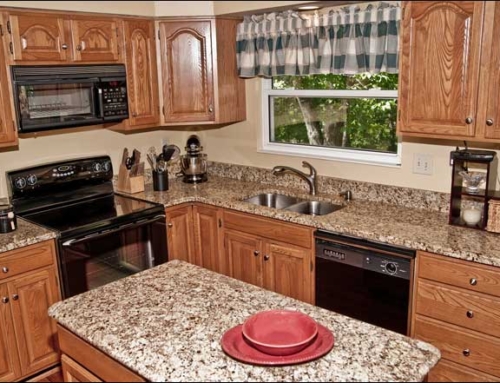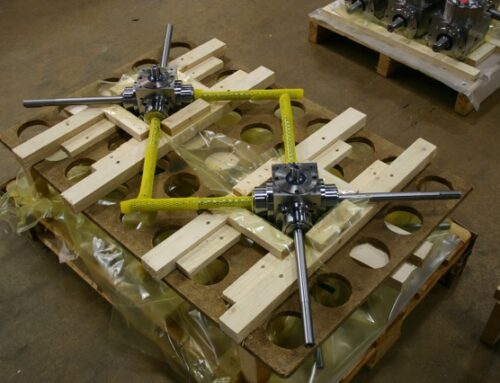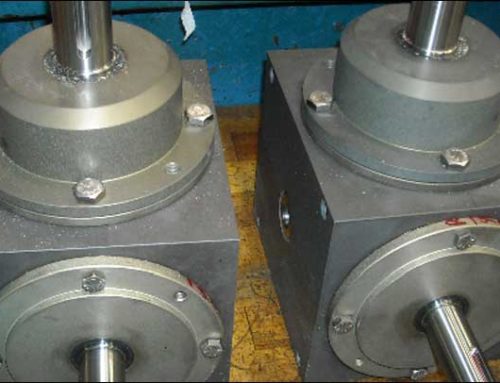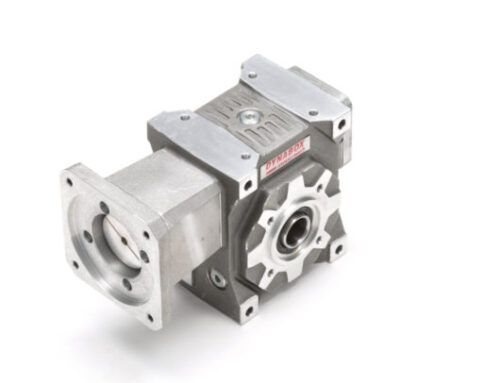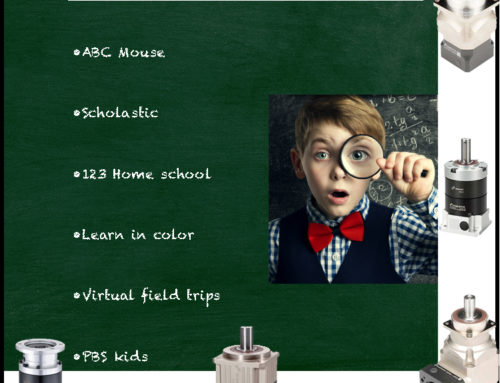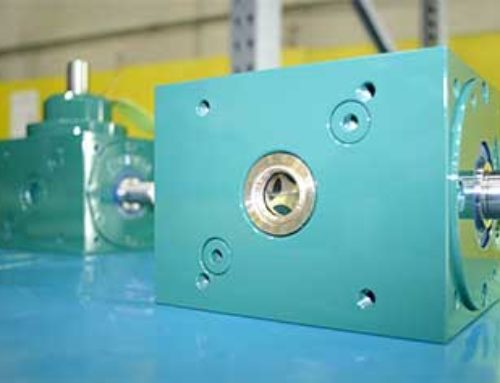The name John Madden may be familiar if you follow professional football. He was the long-time commentator on Monday Night Football (now Sunday nights) who traveled everywhere by bus. The rumor was he was afraid of flying.
No, this is not an article about John Madden. But it is an article about a bus. Mr. Madden is not the only one that rides in modified tour buses. Band crews, racing crews, and a variety of other groups that travel a circuit use modified buses to provide comfort and cost-effective movement from city to city. These buses have all the features of a mini apartment with sofas and kitchens and beds. But space is always at a premium.
One bus customizer came to us recently with a lifting system challenge for bus bunk beds. He wanted to maximize the number of sleeping quarters he could include in his interior design. His idea was to hide a series of bunk beds on the bus under built-in sofas, to maximize the dual-purpose space. The plan was to raise the sofa frame to reveal two sleep berths below in bunk bed style.
The challenge with bus bunk beds was devising a single mechanism where the upper berth, which doubled as the sofa, would raise at twice the speed of the lower berth. This was due to it traveling twice the distance in the same time frame. The request was for a screw jack lifting system that could accomplish this.
The first order of business, as with all screw jack systems, was to determine the load parameters. This application had more than one load characteristic. There was clearly a dynamic load, that being the weight of the bed frames, and a static load, this dynamic load plus the weight of the occupants. In this case, the dynamic load was set at 400 lbs and the static load at 1000 pounds.
A slight twist in this configuration was that the loads were going to be set at different positions along the screw. This was important, as buckling forces are always a concern the farther the load travels up a spindle and away from the jack body. This was actually a help as only half the load was extending to the farthest dimension.
The second issue was the guide system. Space only allowed a two-jack system placed in the middle and under the bed frames, at the head and foot. To avoid side loads, which screw jacks really don’t like, and to provide stability, guides on all four corners had to be incorporated. A type of linear bearing was selected for smooth operation and minimal play. This reduced any rocking of the bed back and forth along the centerline.
A structure for each bed frame also had to be designed to allow the screw to be mounted from the jack body on the floor to a bearing flange on the ceiling. This would allow the spindle screw to rotate, driving individual nuts that would lift each frame.
The real trick of the system was how to get the beds to lift at different speeds. Our answer was dual pitch threads on the driving screw, with matching threaded nuts. This would result in the top bunk rising faster than the bottom bunk, generating the clearance necessary for the occupants to have easy access.
There were two ways to satisfy this need. One solution was to cut custom spindle screws to include one pitch on the bottom third and another pitch on the upper two-thirds. This was the cleanest, but a little pricey. The second was to take two individual spindles, with the appropriate pitches, and finish the end of one with a key and the other with a hollow bore and keyway. These could be mated to form a single spindle screw assembly.
The disadvantage of this concept was the limited buckling capacity. With a smaller root diameter on one of the shafts and thinner walls in the hollow bore of the other, it couldn’t withstand the compression of the static force. To support this a bearing system would have to be included to provide stability in the middle of the screw spindle extension.
This then required some additional framing to mount a bearing. Although this spindle screw arrangement was much less expensive than the custom fabricated dual-pitch screw, additional structure costs closed some of the gaps.
When calculating the motor power and torque to drive the system, it had to be remembered that we had double the pitch on the upper end of the screws. This meant the mechanical advantage of lifting the upper bunk was cut in half, which then required more driving torque to handle the dynamic load.
Based on the speed of lift desired, we were able to develop a basic system regardless of the spindle screw arrangement the customer would eventually choose. This included a central drive gearmotor with dual outputs that were to be mounted on the floor directly in the center of the bed. We then offered torque tube line shafts extending to the screw jacks at the headboard and footboard.
Both options of screw design were offered with the screw jacks bodies along with rotating bearing connections to mount the screw end to the ceiling. The customer would source limit switches to control height adjustment and the on/off control switches to activate the mechanism. In all, it was a very clean design that met all the operational parameters the customer wanted.
It should be noted that screw jack systems can be difficult to design and specify. Loads, duty cycle, and speed of actuation differ for every single application. So, this really makes each selection a custom solution.
DieQua likes to work with our customers using a consultative approach. With our years of experience, we know the questions to ask and the options available to arrive at a reliable and cost-effective solution.
So, contact DieQua with your next lifting system challenge. We’ll make sure you don’t get off on the wrong side of the bed.


